Mastering Traditional Khachapuri at Home
13 min read Learn how to craft authentic Georgian khachapuri with step-by-step techniques and tips for a perfect homemade delight. September 01, 2025 21:05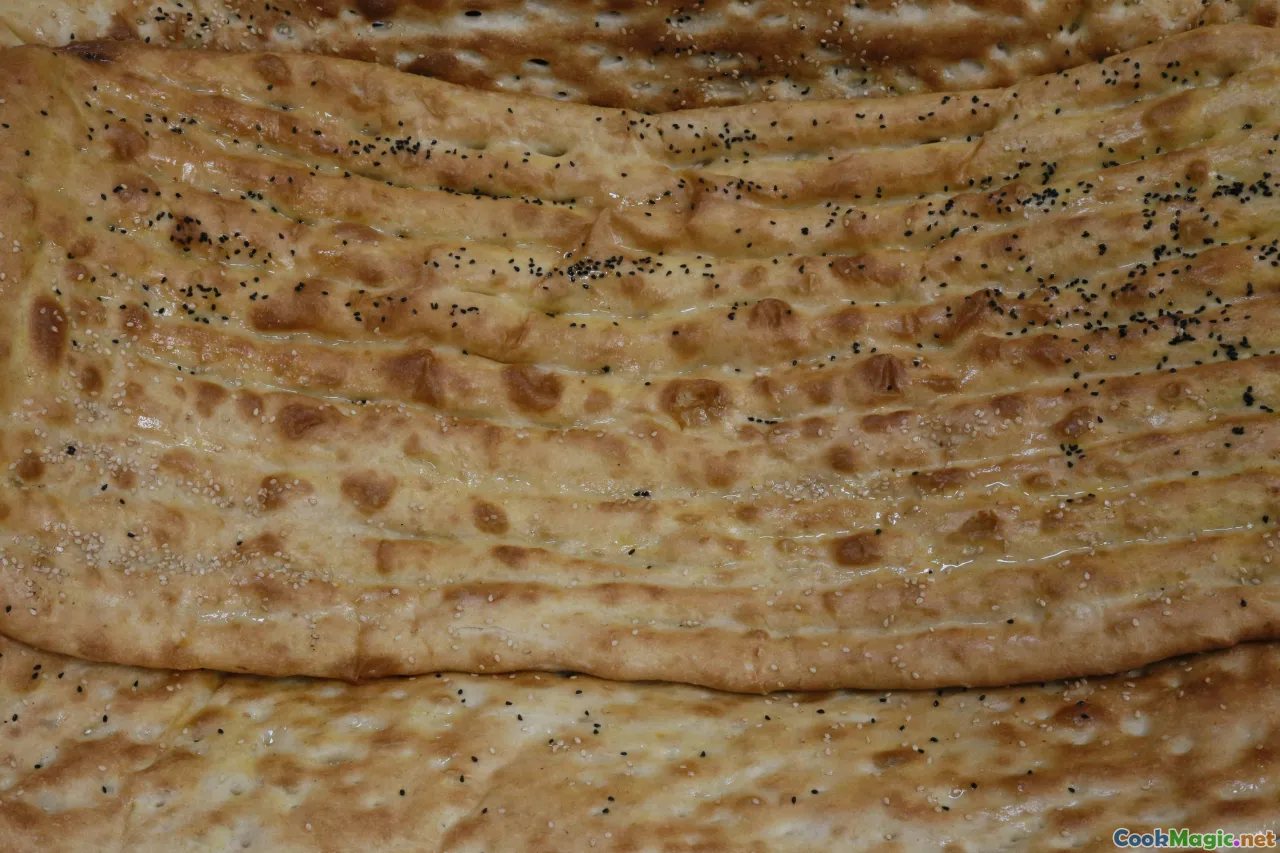
Mastering Traditional Khachapuri at Home
Imagine piercing through a golden crust, yielding a warm, fragrant steam that beckons you to dip your fingers. As you break it open, strings of melted cheese stretch tantalizingly, mingling with the aroma of fresh herbs and buttery dough. That—dear reader—is the soulful experience of enjoying traditional Georgian khachapuri, a dish that embodies centuries of culinary artistry, ethnic identity, and communal spirit.
For many, khachapuri is more than a meal; it’s a cultural emblem, a link to Georgia’s diverse history rooted in the lush Caucasus mountains, ancient trade routes, and artisanship passed down through generations. Its irresistible charm lies in its perfect harmony of flaky pastry, molten cheese, and often, a raw egg that melds into the warm environment like a culinary embrace.
Whether you are a seasoned cook or an adventurous culinary explorer, mastering khachapuri at home opens a portal into Georgian culture that’s as rich and layered as the dish itself. Let’s embark on this savory journey—discovering the secrets behind truly authentic khachapuri and how you can create this iconic bread in your own kitchen, complete with tips, tricks, and personal insights.
The Heart of Georgian Cuisine: Significance and Varieties of Khachapuri
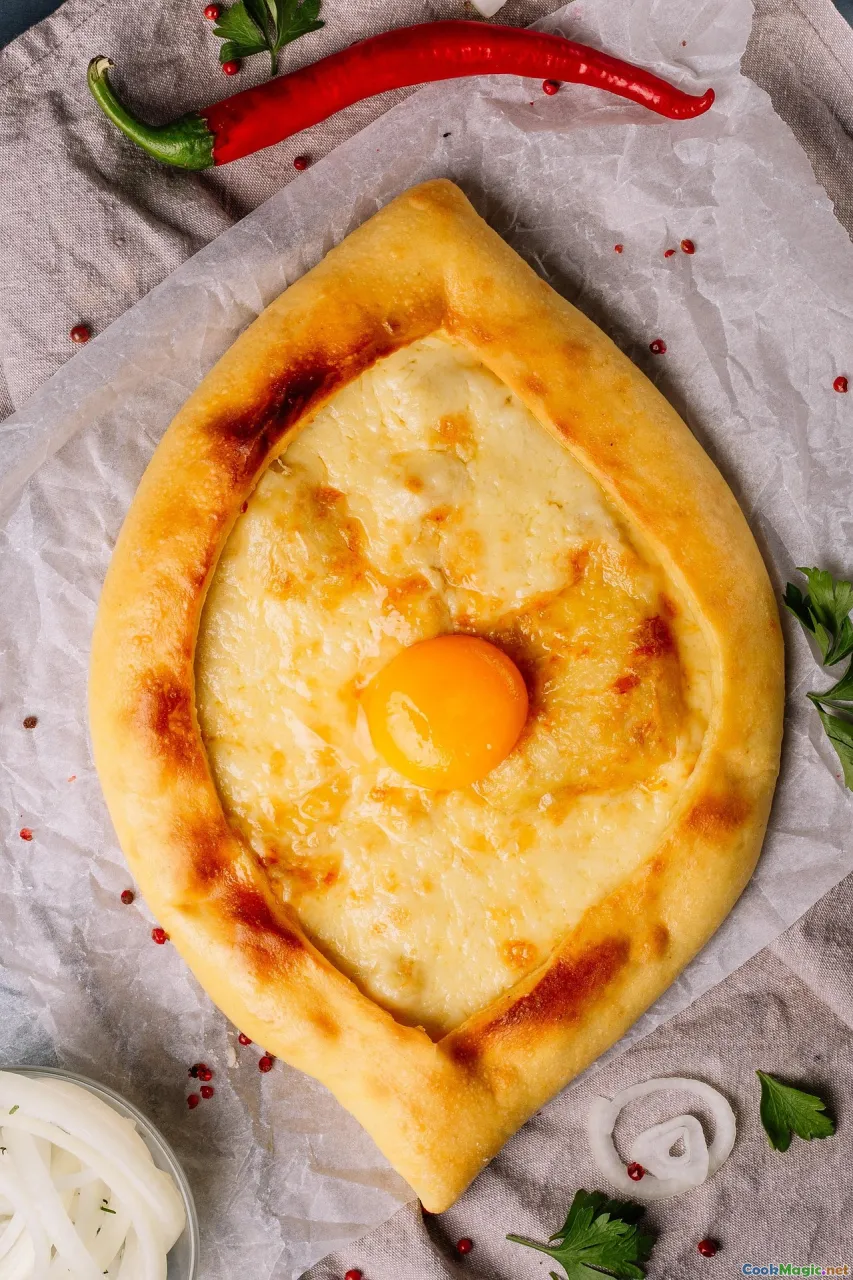
Khachapuri holds a revered place in Georgian culinary tradition. Its name combines 'khacho' (meaning cheese) and 'puri' (bread), illustrating the core of its identity. Throughout Georgia, you’ll find regional variations—each with distinctive shapes, toppings, and techniques—reflecting local ingredients and cultural influences.
From the boat-shaped_sapahi khachuri of Adjara to the circular, layered Imeretian khachapuri, each version tells a story. The crown jewel is perhaps the Adjarian khachapuri, shaped like a boat, topped with a raw egg and a pat of butter, ready to be mixed into the cheese before each bite. In the Kakheti region, their khachapuri integrates local cheeses like tzotzil and takes on a more rustic character.
Making khachapuri at home isn’t mimicry; it’s a resurrection of food as a living tradition—an act of honoring Georgian hospitality that transforms mere ingredients into a cultural expression.
Authentic Ingredients: The Soul of the Dish
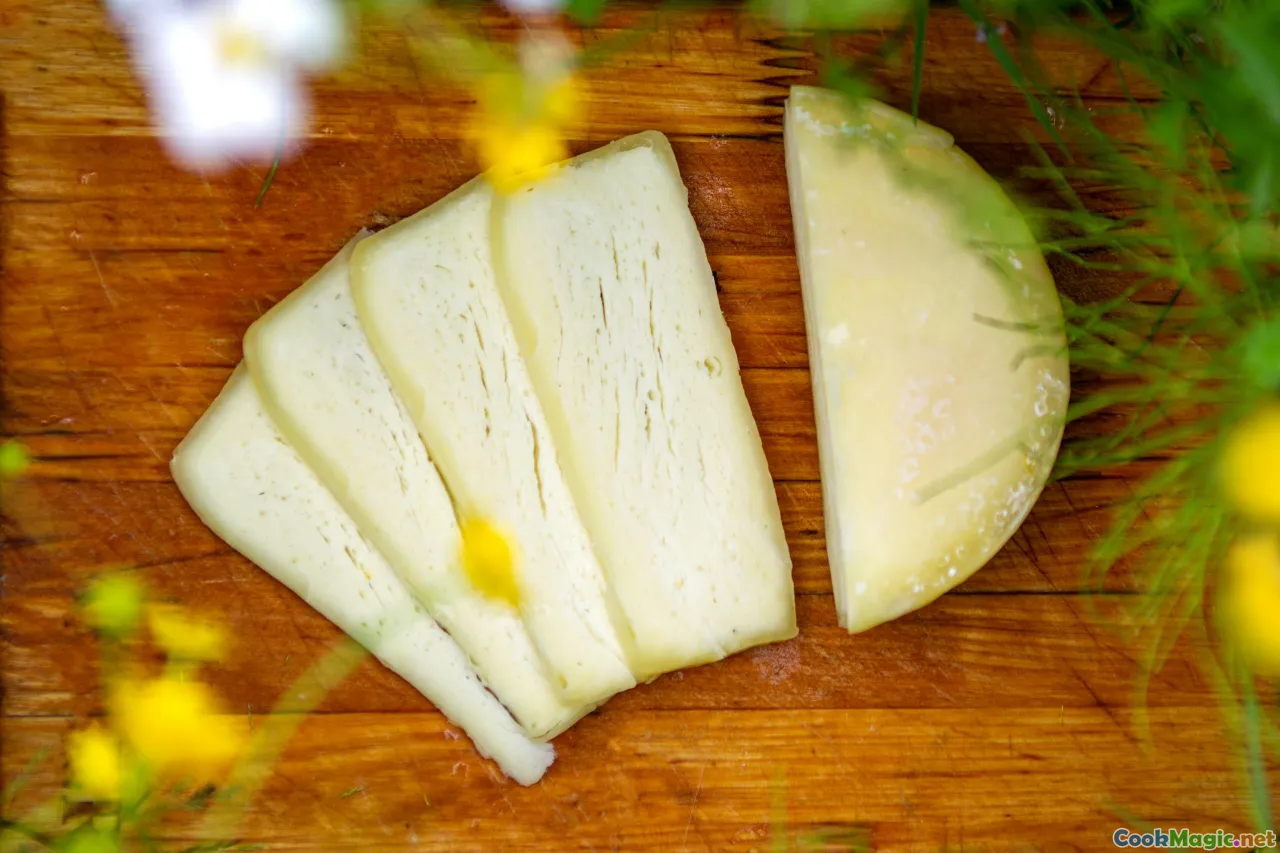
Creating authentic khachapuri starts with sourcing the right ingredients. Key among these are the cheeses—preferably Sulguni, a semi-soft cheese hailing from Georgia—known for its elastic stretch and tangy richness. If Sulguni isn’t available locally, a good quality provoleta or mozzarella mixed with ricotta can approximate the texture.
Fresh, fragrant herbs such as dill, cilantro, and parsley elevate the cheesy richness, marrying earthiness with vibrancy. For the dough, unbleached bread flour, a touch of yogurt or kefir, and a pinch of salt build a tender yet robust base. Don’t underestimate the power of quality butter and fresh eggs—these ingredients bring depth and indulgence.
In regions close to the Black Sea, sea salt and locally produced dairy products lend an authentic touch. Visiting Georgian markets—whether in Tbilisi or local farmers' stalls—can be an eye-opening experience that fuels your culinary inspiration.
Step-by-Step: Crafting the Perfect Dough
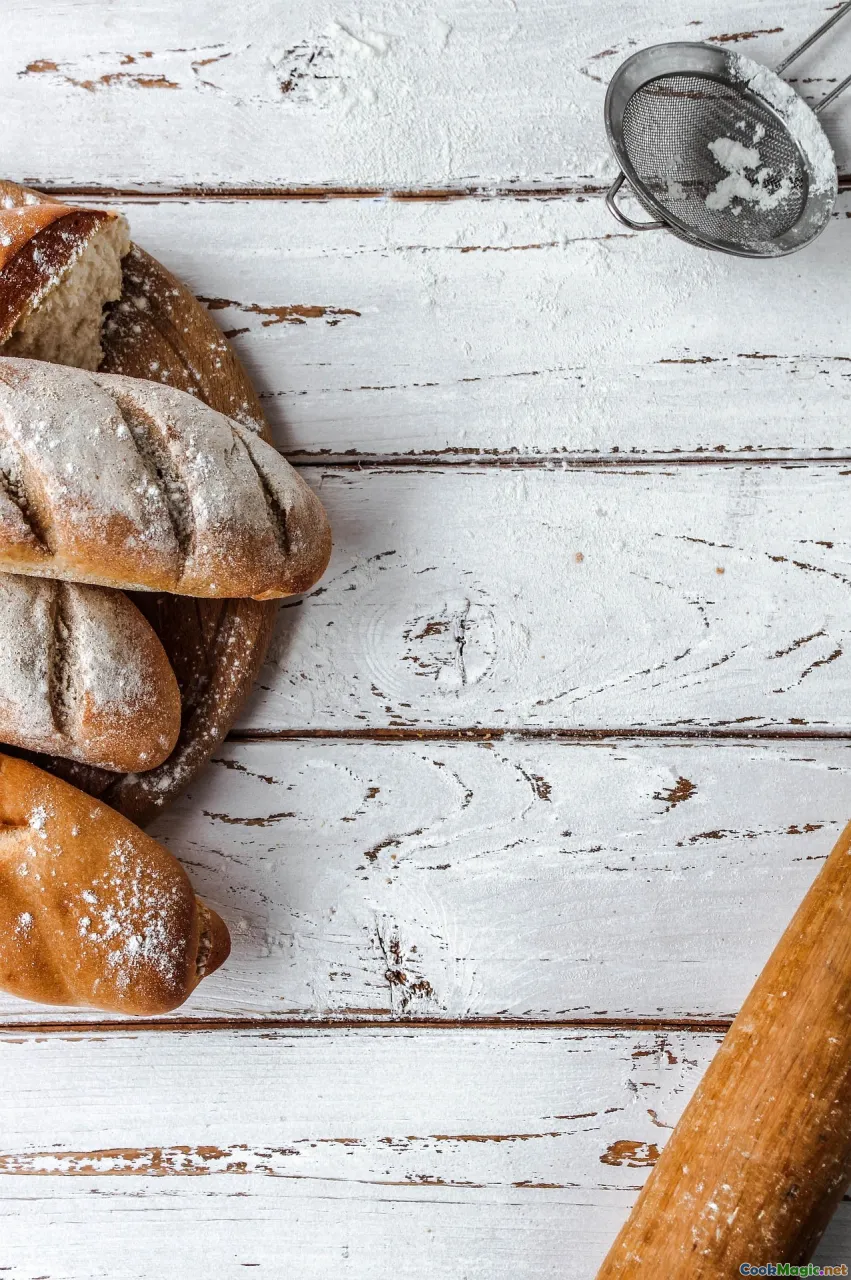
The foundation of every great khachapuri is its dough. It should be supple yet sturdy enough to contain the molten cheese. Begin with high-quality unbleached bread flour—a vital choice, as it provides the gluten structure essential for that characteristic chew.
Ingredients:
- 2 ½ cups bread flour
- ¾ teaspoon salt
- 1 teaspoon sugar or honey
- ½ teaspoon dry yeast
- ¾ cup warm water (about 110°F / 43°C)
- 2 tablespoons yogurt or kefir
- 2 tablespoons melted butter or olive oil
**Process:**1.Activate the yeast: Combine warm water, sugar, and yeast. Let sit for 5-10 minutes until frothy. 2. Mix dry ingredients: In a large bowl, whisk flour and salt. 3. Combine: Pour the yeast mixture and yogurt into the dry ingredients. Mix with a spoon or dough hook. 4. Knead: Turn out onto a floured surface, kneading for 8-10 minutes until smooth and elastic. 5. Proof: Place in a lightly oiled bowl, cover with a damp cloth, and let rise for 1 to 1.5 hours until doubled. 6. Divide: Punch down and divide into portions—these will be rolled out into your khachapuri shapes.
The process yields a dough with a slightly tacky feel that stretches easily—a hallmark of well-prepared Georgian bread.
Cheese Mixture: Creating the Melt-In-Your-Mouth Filling
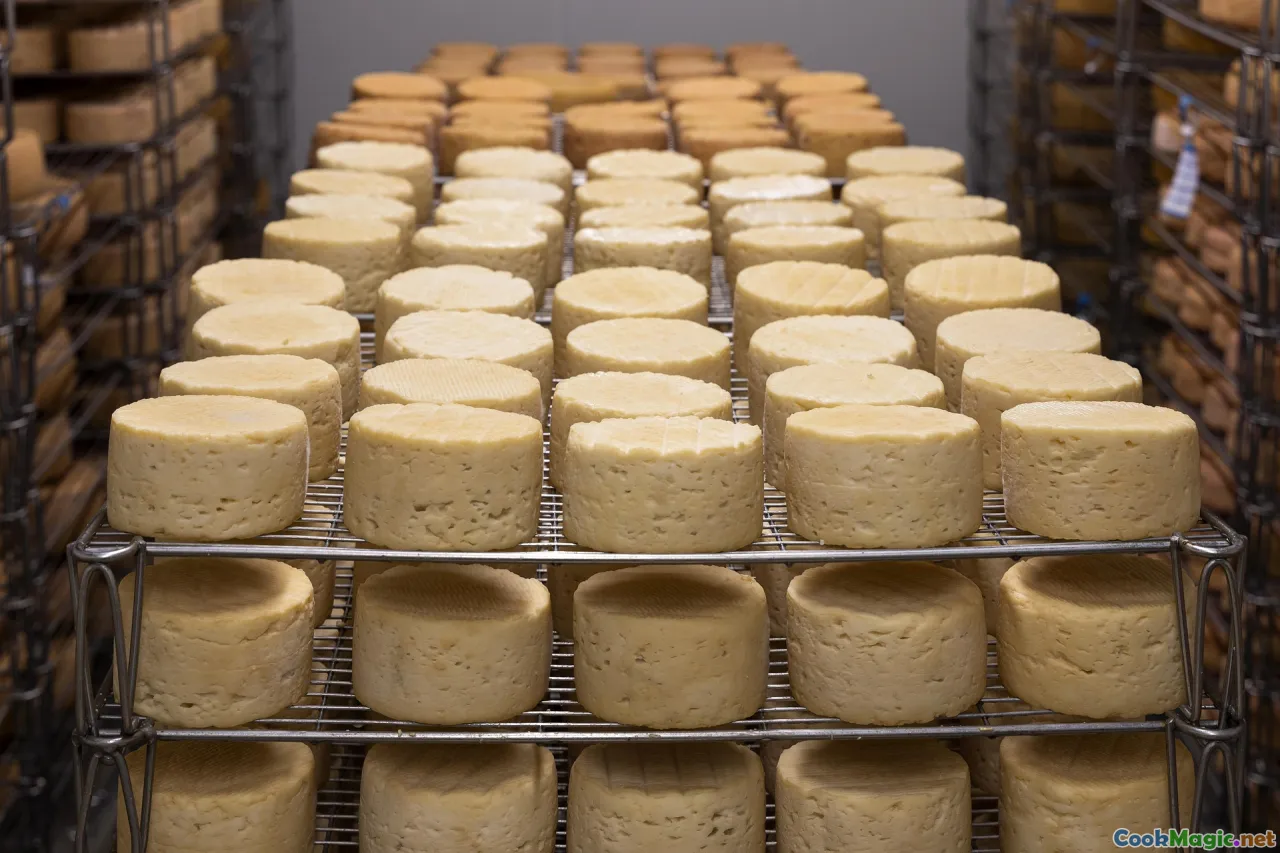
The heart of khachapuri is its luscious cheese mixture. Traditionally, Sulguni cheese provides both tang and stretch, but in home cooking, you can craft a close approximation using readily available cheeses.
Basic Cheese Blend:
- 2 cups shredded mozzarella
- 1 cup ricotta or farmer’s cheese
- ½ cup grated Parmesan or Pecorino
- Freshly grated dill or parsley (~2 tablespoons)
Preparation:
- Combine all cheeses in a bowl, mixing thoroughly.
- Incorporate chopped herbs, a pinch of salt, and a dash of black pepper.
- For a creamier consistency, add a splash of milk or beaten egg.
This blend offers the ideal balance of elasticity, creaminess, and flavor complexity needed to replicate Georgia’s signature melt.
Custom Tips
- For an authentic tang, add a small amount of Georgia’s famous Tkemali plum sauce into the cheese mixture.
- For stretchier cheese, consider incorporating shredded processed cheese with a high mozzarella content.
Assembling and Baking: Secrets for a Flawless Khachapuri

Assembling your khachapuri is an art that combines visual appeal with functional craftsmanship.
Shape and Fill:
- Roll each dough portion into a circle about 12 inches in diameter and ¼ inch thick.
- Transfer to a parchment-lined baking sheet.
- Place a generous mound of cheese in the center, leaving a 2-inch border.
- Fold the edges inward slightly to contain the cheese.
- For boat-shaped khachapuri, gently pull the edges into a boat shape, pinching the ends to secure.
Adding the Finishing Touch:
- Create a small well in the center of the cheese and crack a fresh egg, if desired.
- Dot the top with a small piece of butter.
- Lightly brush the crust with an egg wash (beaten egg with water) for a shiny, golden finish.
Baking Tips:
- Preheat your oven to at least 475°F (250°C)—a very hot oven is key.
- Use a pizza stone if available for extra crispness; preheat it thoroughly.
- Bake for 12–15 minutes until the crust is golden and crispy, cheese bubbling, and egg is just set.
Once out of the oven, let the khachapuri rest for a few minutes before serving, allowing the cheese to stabilize and flavors to meld.
The Art of Serving: Sharing the Georgian Hospitality

Traditionally, khachapuri is a communal dish—an edible centerpiece of family gatherings and celebrations in Georgia. Serve it piping hot, slicing through the cheese and dough to reveal the stretch, the creamy cheese mingling with the runny yolk, and the flaky pastry.
Pair with lightly dressed fresh vegetable salads, pickled vegetables, and perhaps a glass of mellow Georgian wine or örtü, a traditional Georgian black tea infused with herbs.
When presenting, emphasize its cultural roots—share stories about regional variations, and encourage your guests to mix in the egg yolk and butter at their own pace, savoring the experience of creating a bite that’s both rustic and refined.
Final Personal Touch
Create your own tradition—perhaps a kickoff tradition before every meal, like breaking open a khachapuri and signifying the start of joyful gatherings.
Personal Insights and Tips for Perfection
- Freshness is key: Always aim for freshly made dough and high-quality cheeses.
- Don’t rush the proof: The dough’s rise creates the light, airy structure—patience yields fluffiness.
- Get creative: Experiment with fillings—try herb-infused cheese, add sautéed spinach, or bits of dried cured meats.
- Practice makes perfect: Your first attempt may not be photo-perfect, but each bake refines your skills and understanding.
- Enjoy the process: From kneading to baking—treasure each step as part of an immersive cultural experience.
A Final Thought
Mastering khachapuri at home isn't merely about replicating a dish—it’s about capturing a piece of Georgia’s soul, celebrating tradition, and inviting warmth around your table. Each flaky, cheesy slice is an edible reminder of the mountains, ancient villages, and vibrant hospitality that define Georgian culture. With patience, enthusiasm, and quality ingredients, you, too, can bring a slice of the Caucasus into your culinary repertoire.
Remember: the true beauty of khachapuri lies not just in how it tastes but in the stories you share with every bite, honoring a history that stretches back centuries—a tangible, delicious connection across time and space.









